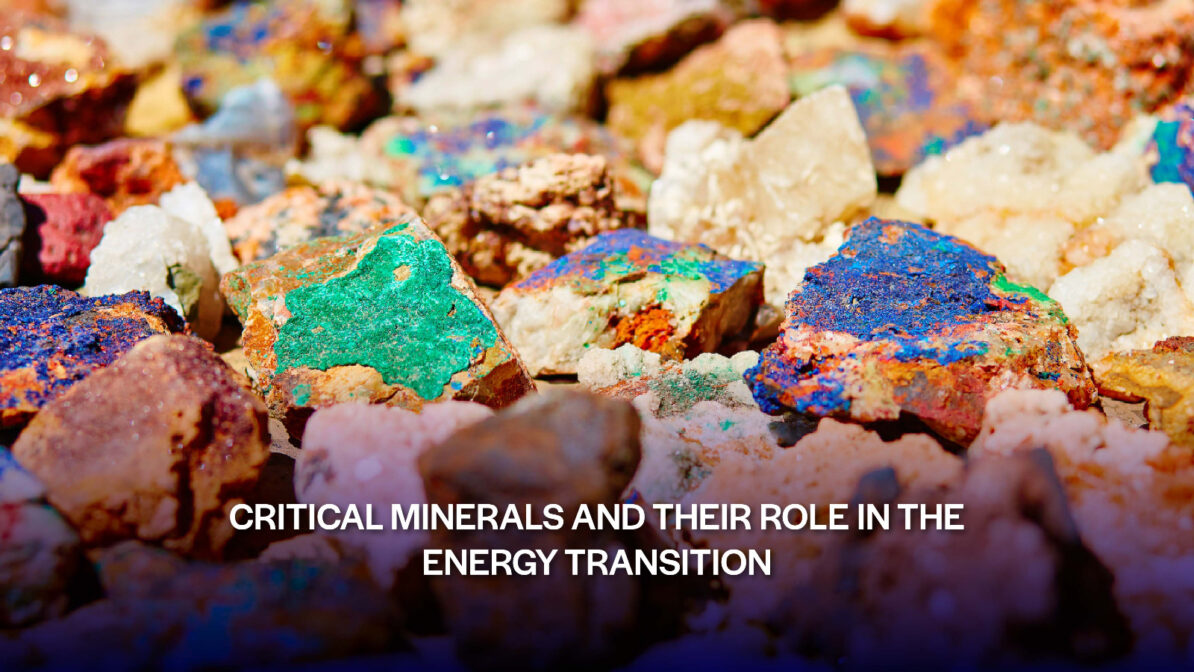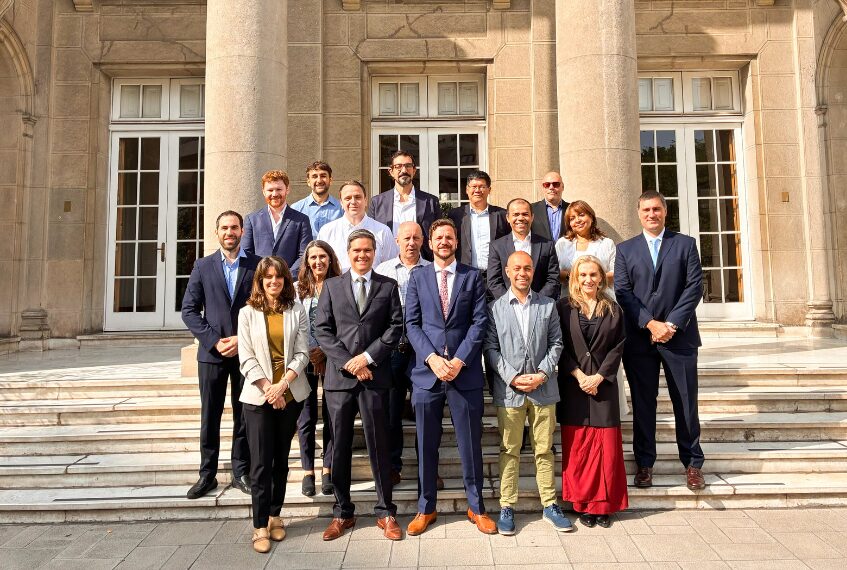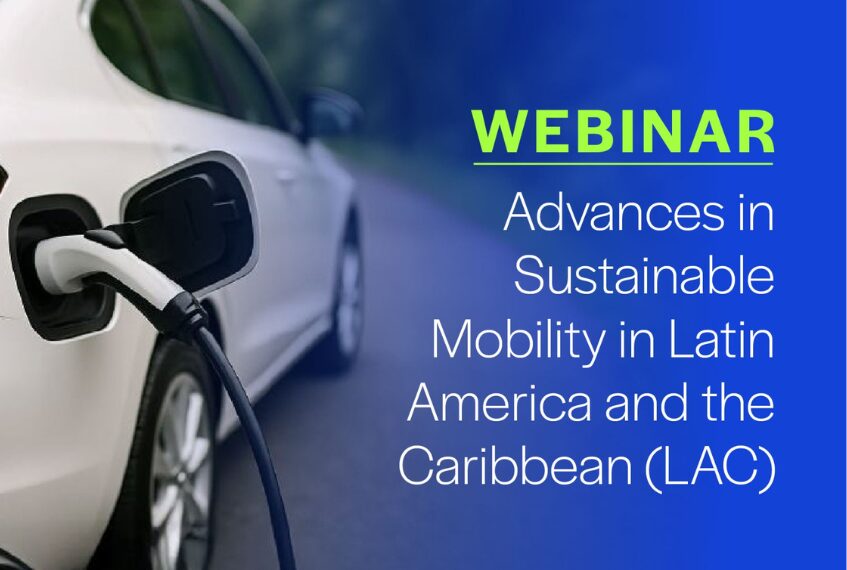The Latin American and Caribbean Energy Organization (OLACDE) has launched the free virtual course “Critical Minerals and Their Role in the Energy Transition”, a training initiative designed to build technical capacities in response to the growing importance of these resources in global decarbonization, renewable energy, and electromobility.
The course is led by Gastón Siroit, OLACDE’s Technical Advisor, together with international experts, and is being held on June 10, 12, 24 and 26, and July 1, 2025.
During the opening session, Gloria Alvarenga, Director of Integration, Access, and Energy Security at OLACDE, emphasized that “it is essential to ensure a substantial increase in the production of critical minerals to meet the goals of the Paris Agreement”, highlighting the urgency of training technical professionals capable of responding to the accelerating demand for resources such as lithium, copper, and nickel.
OLACDE’s Executive Secretary, Andrés Rebolledo, stated that “Latin America and the Caribbean represent 25% of the world’s production of critical minerals. We are part of the global solution to the energy transition.” He added that the region has the cleanest electricity matrix in the world, contributing less than 4% of global energy-related emissions, compared to 60–70% in other regions, and saw a 34% growth in solar energy in 2024. He also noted that countries like Uruguay already generate over 50% of their electricity from wind energy.
The first module was delivered by Gastón Siroit, who explained that the course seeks to “share knowledge, build community, and strengthen capacities through experience,” promoting strategic, technical training. He introduced the first guest speaker, Martín Gozalvez, Director of the Geological Institute at the Argentine Geological and Mining Service (SEGEMAR), who led a masterclass on the geological and economic role of critical minerals in the region’s new energy paradigm.
Key insights from Gozalvez’s presentation included:
The natural concentration of nickel in the Earth’s crust is 44 ppm, but can exceed 5,000 ppm in a mineral deposit.
In the case of silver, geological enrichment can reach up to 2,000 times its natural average.
A mineral deposit is only economically viable if it meets conditions of concentration, technical feasibility, and market value.
Over 90% of mining explorations are unsuccessful, making the exploration phase the most uncertain and costly stage of the production cycle.
Deposits are not random; they result from specific tectonic, geochemical, and geological processes, such as subduction or ocean ridges.
“Understanding how deposits are formed is key to realizing the strategic value of our natural resources,” Gozalvez concluded, reaffirming the importance of geological knowledge as the foundation of a just and sovereign energy transition.





